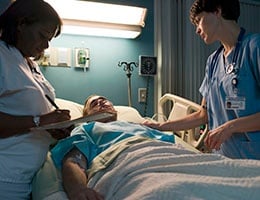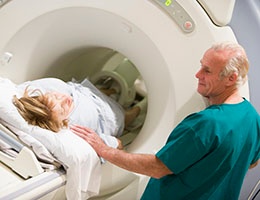
Download audio of this case here.
Sepsis is a regular visitor in the news as cases of flesh-eating bacteria and the dramatic speed with which victims deteriorate hit the headlines. The failure to diagnose sepsis remains a critical issue as delays in diagnosis significantly increase morbidity and mortality.The entire emergency department, urgent care and primary care teams must be focused on early recognition and intervention. This has never been so important as today since evidence now points to interventions that can truly save lives.










